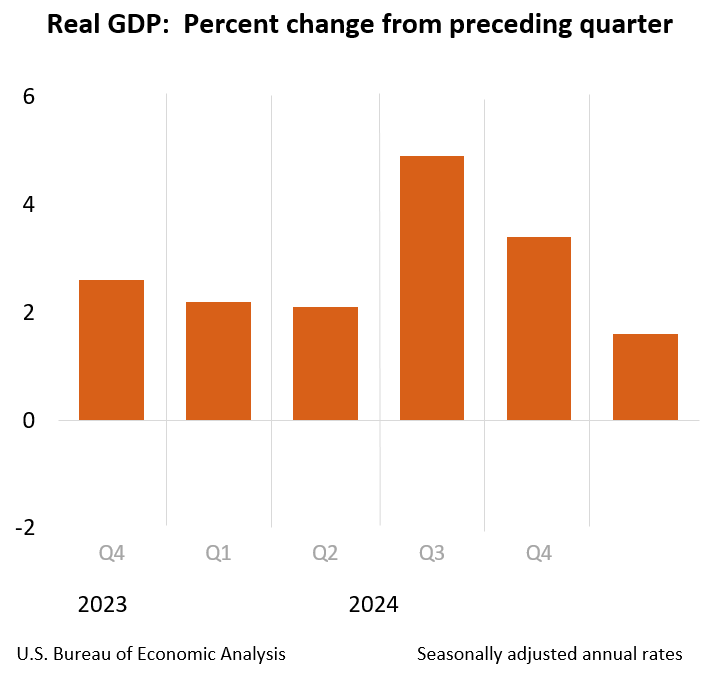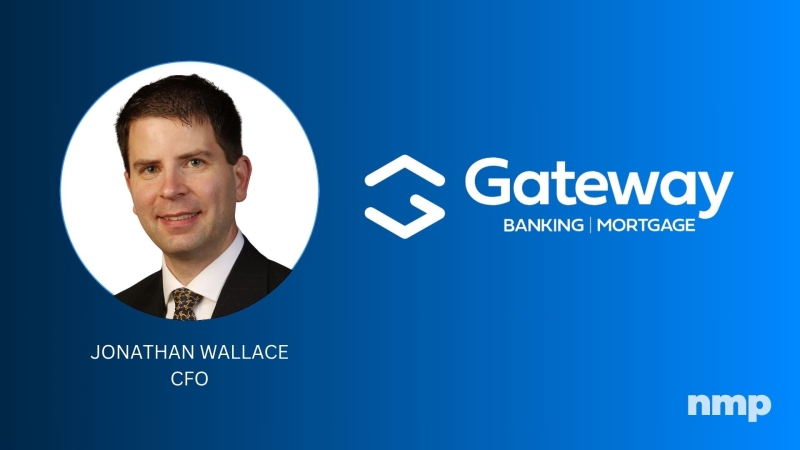Advertisement
PCLender integrates eligibility/pricing engine with lending platform
Small-balance commercial real estate lending: Welcome to the new world!Neil Beldockinstitutional lending program, private money loan, community savings, residential lending
"Welcome to the new world" would be an excellent way to
introduce and start explaining the world of small-balance
commercial real estate lending. Although very much still in its
embryonic stages as an industry, there is no doubt that
small-balance commercial real estate lending has created a brave
new world of commercial real estate finance born from existing
voids in the marketplace.
What is small-balance commercial lending?
Small-balance commercial lending can best be defined as commercial
real estate loans that fall within the $100,000 to $5 million
range, although more specifically, most small-balance commercial
lenders will see their average loan size be less than $1 million
per loan. Prior to the advent of the small-balance commercial real
estate financing industry, the sources for commercial real estate
loans under $1 million were very limited, and below $500,000 were
even further reduced. Primarily, securing financing for loans under
$1 million was limited to either community savings and community
commercial banks, or private money lenders. Small-balance
commercial lenders have been able to provide a wider range of
institutional lending programs when compared to those offered by
community banks and institutional alternatives for loans, which
typically would have a difficult time finding institutional sources
and thus would find the private money lending arena as the only
viable funding source.
How is a small-balance commercial institutional lending
program different from a private money loan?
Institutional loans typically provide longer term financing
solutions as compared to private money loans which tend to be short
term in nature. Private money loans will typically range from one
to three years, while small-balance commercial lenders will provide
financing for up to 30 years.
Pricing structures also tend to be more borrower-friendly in the
small-balance commercial lending arena, with rates starting as low
as the prime rate (or even below prime in some cases), whereas
private money loans will typically start at prime plus three to
five percent. Many small-balance lenders will also offer financing
at "par," meaning that there are no origination points/fees being
charged, whereas it is not unusual for a private money lender to
charge upwards of three to five points.
So everything about small-balance commercial lenders is
better than private money lenders?
Not necessarily. Although the previously discussed issues create
very favorable alternatives when utilizing small-balance commercial
lenders as a financing source, the funding of the loan will
typically take longer than when utilizing a private money lender.
Small-balance commercial lenders will usually require a minimum of
30 to 45 days to package and fund a loan, whereas a private money
lender can typically fund a loan within 10 business days.
Additionally, if the borrower's needs are for a short-term
financing scenario, a private money loan may better suit those
needs. Although small-balance commercial lenders do provide a very
viable option and alternative source of financing, there still
exists many scenarios where a private money loan will better suit
the borrower's needs.
How are small-balance commercial lenders an alternative
to community savings and community commercial banks?
Small-balance commercial lenders are able to offer a wider range
of loan programs that historically conventional lending sources,
such as commercial banks and savings banks, have been unable to
offer. One example of this is the advent of
stated-income/stated-asset commercial real estate loans. Many
small-balance commercial real estate lenders offer
stated-income/stated-asset lending programs where, very much due to
regulatory confinements and limitations, commercial and savings
banks are unable to offer these types of loan programs. The
small-balance commercial real estate lending industry also tends to
be much more of an objective in nature as opposed to the more
subjective nature typical of commercial and savings banks.
Objective versus subjective - what does that
mean?
Excellent question! Commercial banks, savings banks and most
private money lenders tend to be portfolio lenders. Their lending
decisions will very often be based upon a series of subjective
"like" questions, such as whether they like the location, like the
building, like the borrower or like the requested loan amount,
regardless of the numbers associated with the deal such as
appraised value, debt-service coverage ratio (DSCR) and credit
score. The small-balance commercial lending industry is much more
of an objective or matrix-oriented lending industry. In most cases,
if the loan fits the matrix as it relates to property type,
loan-to-value, DSCR and credit score, then that is a loan a
small-balance commercial lender will look to fund and not ask many,
if any, "like" questions. In many ways, the small-balance
commercial lending industry is mirroring the residential industry
in its objective/matrix-oriented mode of lending.
Are there other similarities to the residential lending
world?
Yes there are. In fact, to a large degree, the small-balance
commercial lending industry has modeled itself after the
residential lending industry in attempting to create a more
conforming and efficient industry and also a more residential
broker friendly industry.
Some examples of how the small-balance commercial lending arena
is similar to the residential lending arena are as follows:
-Loan application: Whereas banks typically require a
commercial loan application, many small-balance commercial lenders
accept the Uniform Residential Loan Application (Form 1003) as a
means of applying for a loan.
-Conditional loan approvals: Many small-balance commercial
lenders will issue conditional loan approvals within 48 hours of
receipt of a credit report and loan application. The 48 hour
turnaround is not typical to the more conventional banking
world.
-Rebates: Many small-balance commercial lenders will offer
rebate pricing to brokers, which historically has not been offered
in the more conventional banking world.
-Buy-downs: Much like the rebate scenario discussed above,
many small-balance commercial lenders will allow rate buy-downs,
whereas, once again, the more conventional banking world
historically has not entertained rate buy-downs.
-Loan processing and packaging: The processing and
packaging of loans for many small-balance commercial lenders
mirrors the packaging and processing requirements of standard
residential loans. In fact, other than the property type and some
property-related document requirements, a processor processing a
loan for many small-balance commercial lenders will feel like they
are processing a residential loan, once again creating a more
residential broker friendly environment.
Why so much of a focus on a residential broker friendly
environment?
One of the things that has been learned over the course of the
early existence of the small-balance commercial lending industry is
that residential brokers do indeed see commercial deals - and lots
of them! It is a known fact that there are differences in
commercial real estate and residential financing, especially when
considering how commercial real estate loans are executed in the
commercial and savings bank world. We have also learned that these
differences have led to very bad experiences for residential
brokers when trying to secure financing with commercial and savings
banks. So in order to make the industry a more efficient industry,
the world of small-balance commercial lenders have set out to
create processes that will allow residential brokers to comfortably
place loans and secure fundings by mirroring the wholesale business
as it is executed in the residential world. History has also shown
that once the residential industry became a conforming type
industry, it became a more efficient industry and thus more
business was executed. So the goal of the small-balance commercial
industry is to realize those same results that are already being
accomplished and continually trying to improve upon them.
Are there any differences between residential lending
and small-balance commercial lending?
The small-balance commercial lending industry has set a course to
make the processes of commercial lending very similar to that of
residential lending for the reasons discussed herein, and to a
large degree has been successful in that mission. That being said,
the biggest difference that exists relates directly to the
appraisal process and the associated cost of an appraisal.
Commercial real estate appraisals cost significantly more and
require more work by the appraiser, thus resulting in a longer
turnaround time as well.
The increased time of completion and cost of appraisal when
comparing a residential appraisal to a commercial appraisal
primarily lies in the fact that the vast majority of information
required to complete a residential appraisal can be accessed by the
appraiser through online viewing of public records and information
with minimal fieldwork required, thus minimizing the amount of time
and associated cost to complete a residential appraisal. To the
contrary, the vast majority of work that is required to complete a
commercial appraisal is fieldwork and due diligence, as public
information will only chart a course, as opposed to providing the
vast majority of information that is required. Thus, the amount of
time and effort it takes to complete a commercial appraisal
significantly exceeds that of a residential appraisal.
In addition, while residential appraisals are typically
comprised of one approach to value (the sales comparable approach),
a commercial appraisal can include up to three approaches to value
(cost approach, sales comparable approach and income approach),
thus increasing the amount of time and associated cost of the
appraisal. The typical cost of a residential appraisal will range
from $350-$500 with a three to five day turnaround time; the
typical cost of a commercial appraisal will range from
$2,500-$7,500 with a typical completion time of three to five
weeks.
Another difference to be noted, and very much to the positive
side of the ledger, is that unlike the residential industry, the
commercial real estate financing industry does not have the Real
Estate Settlement Procedures Act (RESPA) requirements.
Final comments
The small-balance commercial real estate lending industry emerged
and evolved not as an industry conforming to the existing
guidelines, processes and procedures of commercial real estate
finance, but as an industry with its sights set on providing
financing alternatives and services that forge new ground and
creates a new world of commercial real estate finance. So far, the
results impressively speak for themselves. It is estimated that the
small-balance commercial real estate industry is currently a $5-$10
billion per year industry with consistent growth seen over the past
five years. For those who have found their way into this new world,
new opportunities have presented themselves; for those reading this
article as their introduction to small-balance commercial real
estate lending, "Welcome to the new world!"
Neil Beldock is senior vice president and national sales
manager with Westlake Village, Calif.-based Velocity Commercial
Capital, a direct institutional wholesale lender. He has more
than 20 years of experience in commercial real estate lending. He
may be reached at (203) 653-2668 or e-mail [email protected].
About the author





